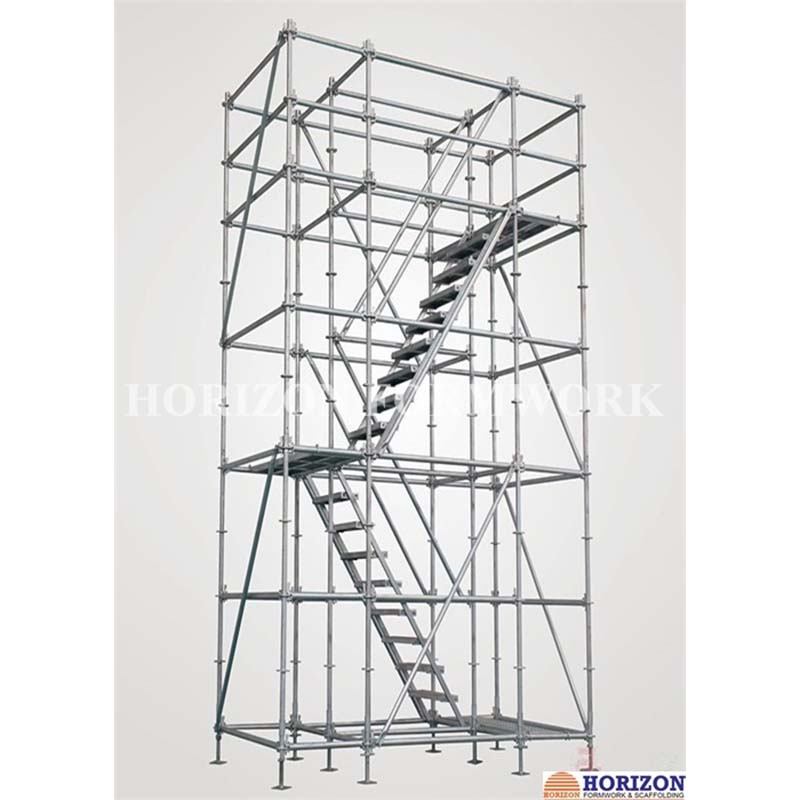Dec . 04, 2024 13:25 Back to list
Innovative Flying Table Formwork Solutions for Efficient Construction Projects
The Advantages and Innovations of Flying Table Formwork in Construction
In the ever-evolving world of construction, finding efficient, safe, and cost-effective building processes is crucial. Among the various technologies revolutionizing modern construction, flying table formwork has emerged as a prominent solution, particularly for large-scale projects that necessitate speed and precision. This innovative formwork system is rapidly gaining traction among construction companies and architects due to its numerous advantages and continuous advancements.
What is Flying Table Formwork?
Flying table formwork is a type of modular formwork system designed for high-rise building projects. It consists of flat, large panels mounted on a supporting frame that can be moved horizontally and vertically across the construction site. This system allows for the pouring of concrete slabs and supports walls in a coordinated manner, making it particularly suitable for the construction of multilayered buildings, parking structures, and bridges.
Key Advantages
1. Efficiency and Speed One of the most significant advantages of flying table formwork is its ability to expedite the construction process. The system can be easily moved and repositioned, allowing for multiple levels of a structure to be constructed simultaneously. As a result, projects can be completed much faster than traditional methods would allow.
2. Cost-Effectiveness Though the initial investment in flying table formwork may be higher than conventional methods, the long-term savings in labor costs and time make it financially advantageous. The reduction in the duration of a project directly correlates with lower overall costs, as less labor and equipment are needed for an extended period.
3. Improved Safety Safety is always a primary concern on construction sites. Flying table formwork enhances worker safety by providing stable platforms, reducing the risk of falls and injuries associated with traditional scaffolding systems. Additionally, the system minimizes the need for workers to operate at heights for extended periods.
4. Quality Control The use of flying table formwork allows for better control over the construction process. Precise measurements and the uniform pouring of concrete lead to higher quality structures with fewer defects. This consistency results in fewer repairs and rework, further contributing to cost savings and efficiency.
flying table formwork factories

5. Flexibility Flying table formwork systems can be customized to fit various project dimensions and specifications, making them adaptable to different types of buildings. This flexibility is especially beneficial for unique architectural designs and complex structural requirements.
Innovations in Flying Table Formwork
As technology progresses, so does the flying table formwork system. Recent innovations have continued to enhance its performance and applications. Some notable advancements include
- Automated Movement Systems Modern flying table formwork is increasingly integrated with automated systems that allow for the precise and swift repositioning of formwork without manual labor. This automation further boosts efficiency and reduces the risk of human errors.
- Lightweight Materials The introduction of advanced materials has led to the development of lighter formwork systems, making them easier to handle and install. This reduction in weight does not compromise structural integrity, enhancing overall performance.
- Digital Modeling and Simulation The integration of Building Information Modeling (BIM) technology into the design and planning phases allows for better visualization and management of flying table formwork. This digital approach not only improves accuracy but also optimizes the entire construction workflow.
Conclusion
Flying table formwork represents a significant advancement in construction technology. Its numerous advantages, including speed, cost-effectiveness, safety, and quality control, make it an ideal choice for developers and contractors involved in large-scale projects. As innovations continue to shape this industry, the flying table formwork system is poised to play a critical role in the future of construction, driving efficiency while meeting the evolving demands of modern architecture. Embracing this system not only enhances project outcomes but also contributes to the overall advancement of construction practices in a rapidly changing world.
-
High-Quality U Head Jack Scaffolding – Reliable Scaffolding Jack Head Manufacturer & Factory
NewsJul.08,2025
-
High-Quality I Beam H20 Leading Timber Beam H20 Material Factory, Exporters & Manufacturers
NewsJul.08,2025
-
High-Quality Powder Coating Steel Formwork - Durable & Corrosion Resistant Solutions
NewsJul.07,2025
-
Inclined Column Formwork Supplier – Durable & Precise Solutions for Unique Structures
NewsJul.07,2025
-
High-Quality Water Stop Solutions Trusted Water Stop Company & Suppliers
NewsJul.07,2025
-
High-Quality Formwork Material Supplier Reliable Manufacturer & Factory Solutions
NewsJul.06,2025